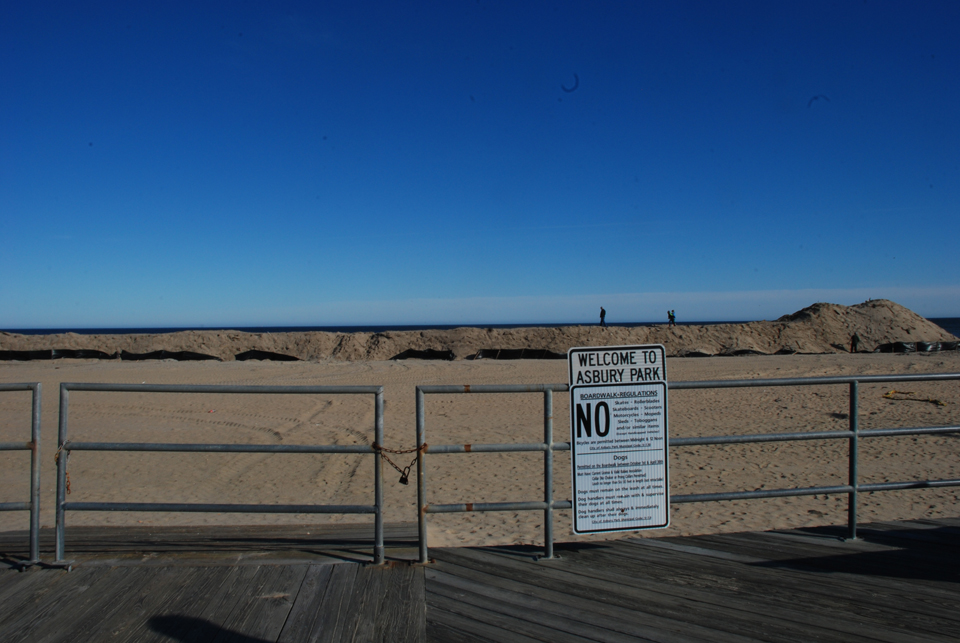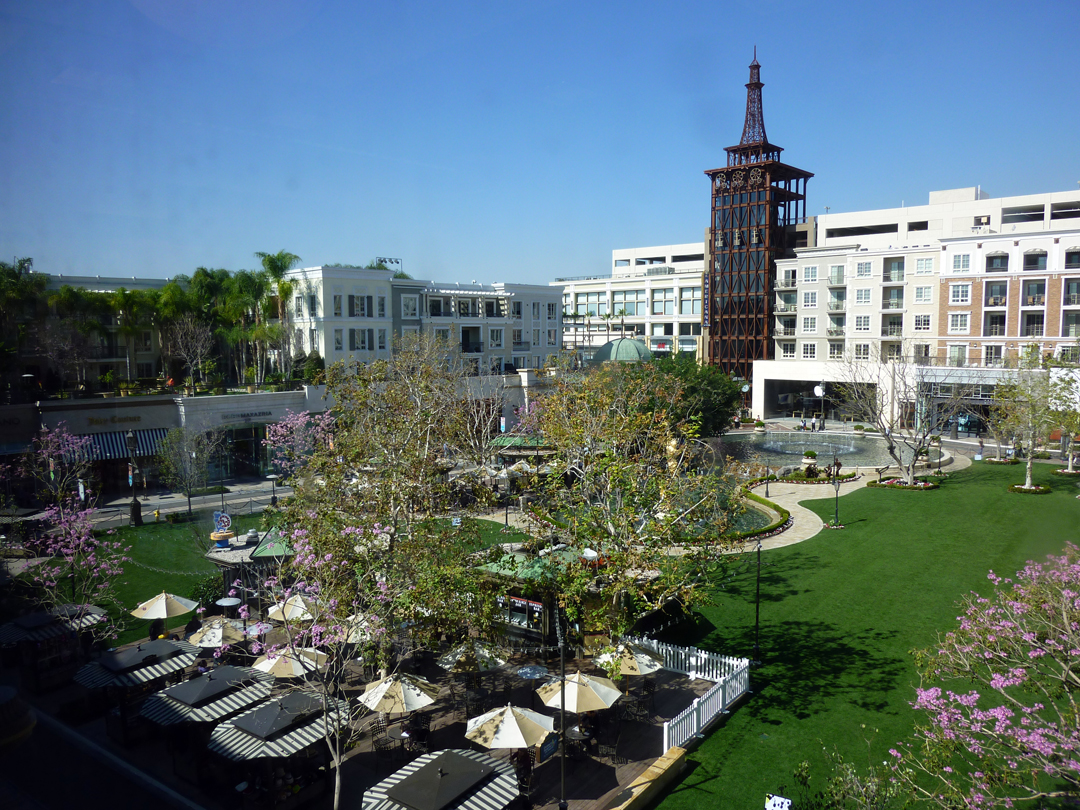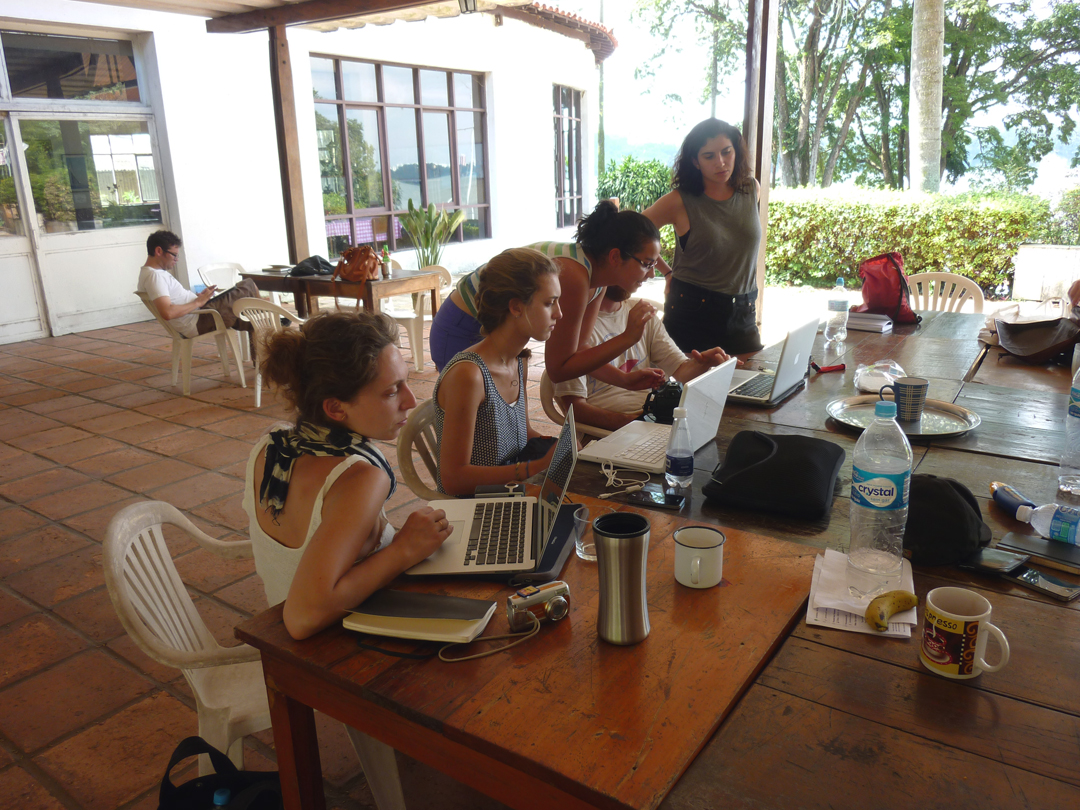Aseem Inam: The world famous High Line elevated park in New York City is simultaneously celebrated and vilified. The High Line is a 1.45 mile-long public park built on a historic freight railroad line elevated above the streets on Manhattan’s West Side. The celebrations and vilifications of this park occur through five major narratives: the High Line as historic preservation, as exemplary design, as public policy, as a lack of community participation, and as contributing to gentrification.
The historic preservation narrative highlights the way in which local government and neighborhood businesses considered the abandoned elevated railroad tracks as eyesores to be demolished and eradicated. In the past, the historic preservation movement in the United States has had a commendable, yet sometimes peculiar, attitude: old structures—sometimes regardless of their value—should be saved and almost frozen in time. The heroes of the narrative of exemplary design are the landscape architects James Corner Field Operations and architects Diller, Scofidio and Renfro. In fact, the High Line is frequently held up as an outstanding example of landscape urbanism, which sometimes overlooks the fact that such notions of “nature” in the city are manufactured, and that the real challenge is the effort and cost of maintaining such “natural landscapes” in a dense urban setting.
As a narrative of public policy, the High Line is increasingly viewed as a “best practice” to be emulated by local governments all over the world. The challenge with this narrative is the common occurrence of copying ideas and projects without truly understanding significant contextual differences and similarities. A less publicized yet persistent narrative, especially at the local level, is the apparent lack of community participation in the design, implementation and maintenance of the project. The Friends of the High Line, the powerhouse non-profit behind the project, has sought to make amends with the local community through public programming and outreach efforts in recent years. The fifth narrative and probably the sharpest critique is that the High Line has contributed significantly to the gentrification of the neighborhood, which includes increases in property values, construction of luxury condominiums and the emergence of expensive commercial and retail businesses. However, thus far no studies of the High Line have produced the empirical evidence necessary to establish such a causality or correlation.
Each of these narratives remains insightful, yet incomplete. For example, the recent spate of critiques views the High Line as a cause or a significant contributor to gentrification. There are several critiques to be made of this critique. One is that the first public offensive in this direction was launched by an opinion piece in The New York Times written under the pseudonym Jeremiah Moss, which already reduces the credibility of the author. Scholars have also joined this public discourse, claiming that it is an example of the neoliberal transformation of our cities. However, neither of these present any compelling empirical evidence tying the gentrification process to the High Line. In general, while there is a legitimate concern about gentrification, there is also an over-simplification and misunderstanding of what gentrification actually entails and the different causes that lead to increases in property values. The concern here should be much more about the devastating effects of profit-driven development that is inherent in the capitalist city and that we are all part of.
Many of these narratives also miss several critical aspects of the High Line as an example of urbanism. First, for anyone who has spent some time there, it can actually be quite a wonderful place to walk, to eat lunch, to people-watch, to see the city, or to do other activities in a public space. The park design embraces the urbanity of Manhattan. Second, what is a common criticism is instead a compliment. Many New Yorkers complain that there are too many people in the High Line, especially tourists. But we want lots of people in our public spaces; in fact, isn’t that one important sign of their success? In addition, tourists are human beings too and visitors are integral to the lifeblood of cities.
Third, and perhaps most importantly, what is missing from many of these narratives is what I call radical humanism, which views our humanity as a source of inspiration and a course of action. One of the most compelling aspects of the High Line is how two apparently ordinary citizens, Robert Hammond and Joshua David, set about to save the old elevated railroad tracks and repurpose them. At the time, they had no significant funding, no political contacts, no training in landscape or urbanism, and no experience in the field. The story of how they brought the issue to the public eye, how they generated creative ideas for its adaptive reuse, how they built political coalitions, how they harnessed private resources, and how they doggedly pursued the project in the face of enormous challenges is truly inspiring. At the end of the day, the narrative of the High Line is also a narrative of how human beings are capable of transforming cities through tremendous effort, creativity, and perseverance.
Thus, to pass critical judgment on the High Line we must better understand the complex nature of the spatial production and reproduction of cities. Such a deeper understanding also opens up possibilities for fundamental and positive urban transformations. For example, projects such as the High Line are as much ongoing processes as they are spatial products. The notion of city as flux suggests that part of our task to design and manage these processes as much as it is to design and manage places. The concept of the consequences of design points to the fact that there are always political and economic consequences of intervening in the material city [e.g. projects that manifest themselves as form, space or infrastructure]. We would do well to actually design such consequences, rather than view them as accidental after-effects. Finally, the practice of urbanism as a creative political act is one in which politics is not just the capital “p” of formal political institutions and dynamics, but also the everyday politics of the city in which the contested nature of the allocation of resources, land as a speculative commodity and the social dynamics of communities are vital.
The High Line is not perfect; no project ever is. It possesses many strengths and many weaknesses. To learn from the High Line, we must engage with the multifaceted nature of urbanism and continue to propose alternatives forms of practice, intervention and transformation that benefit more and more people. AI.
The High Line attracts crowds of visitors, workers and residents and embraces the urbanity of Manhattan in its design. Source: Aseem Inam.
Workers from surrounding office buildings come to work, meet and have lunch on the High Line, included this secluded spot at the south end. Source: Aseem Inam.
Artists and food vendors have small stalls to exhibit and sell their wares. Source: Aseem Inam.
People enjoy the details of the High Line, including specially designed benches, water features, paving patterns inspired by the former train tracks and a palette of landscapes. Source: Aseem Inam.























